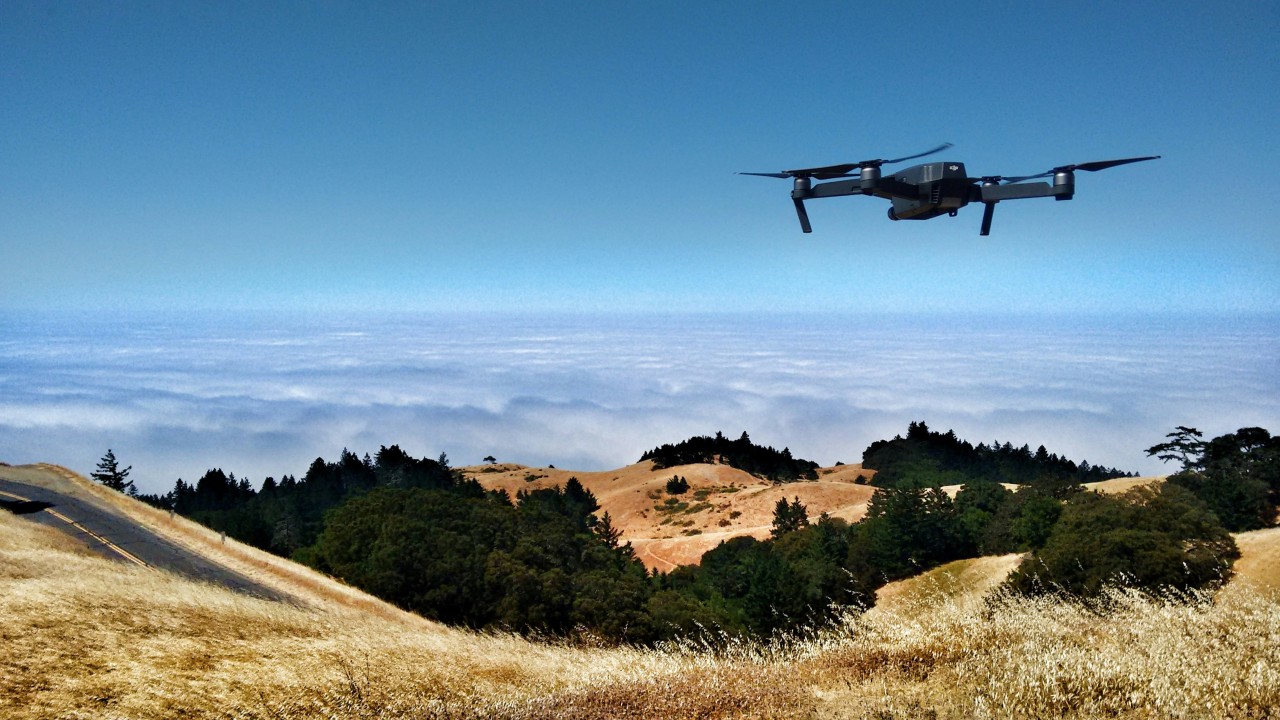Drones for Historical Preservation: Digitizing Heritage Sites
Drones are transforming historical preservation by enabling precise documentation, 3D mapping, and non-intrusive surveying of heritage sites. Equipped with advanced technologies like LiDAR and photogrammetry, UAVs help capture intricate details of ancient structures. They provide cost-effective solutions for monitoring, restoration planning, and disaster assessment. By digitizing heritage sites, drones play a crucial role in safeguarding cultural treasures for future generations.
Introduction
It is important to preserve historical sites to ensure cultural heritage and future generations' education. Most heritage sites, however, are challenged by environmental degradation, human intrusion, and natural disasters. Drones have proven to be a revolutionary technology in preserving history by providing sophisticated methods for documenting, surveying, and digitizing heritage sites with precision and efficiency.
The Role of Drones in Heritage Preservation
Drones that are fitted with high-definition cameras, LiDAR sensors, and thermal imaging capabilities enable historians, archaeologists, and preservationists to obtain detailed aerial images of historical monuments. The unmanned aerial vehicles (UAVs) can reach remote locations, giving important information about the condition of monuments and landscapes without causing harm.
Advantages of Using Drones for Historical Documentation
High-Precision Mapping: Drones create highly detailed 3D models and high-resolution maps of cultural sites, capturing each intricate detail in digital form.
Non-Intrusive Surveys: Drones, unlike manned surveys or physical touch, do aerial surveys that pose little to no risk of damage to fragile buildings.
Cost-Effective Data Collection: As compared to manned surveys or satellite imaging, drones provide a more cost-effective and efficient means to record historical sites.
Accessibility to Remote Areas: Drones are able to easily record images of inaccessible or dilapidated sites, assisting in monitoring and restoration planning.
Disaster Response and Recovery: UAVs assist in damage assessment following natural disasters, which ensures timely restoration of damaged heritage sites.
Technologies Used in Drone-Based Historical Preservation
LiDAR (Light Detection and Ranging): Helps create precise 3D models of historical structures, even in dense vegetation.
Photogrammetry: Captures overlapping images to generate detailed 3D reconstructions of buildings and landscapes.
Thermal Imaging: Identifies hidden structural issues and moisture damage within ancient monuments.
AI & Machine Learning: Assists in analyzing and interpreting collected data for better conservation strategies.
Real-World Applications of Drones in Heritage Preservation
Machu Picchu, Peru: Drones have been used to survey and document the site without disturbing the ancient ruins.
Angkor Wat, Cambodia: UAVs have helped in creating detailed digital maps for restoration planning.
Pompeii, Italy: Drones have assisted in mapping and assessing ongoing structural decay in the ruins.
Petra, Jordan: UAVs have been used to explore and document hidden archaeological features in the desert landscape.
The Future of Drone-Based Historical Preservation
With the evolution of drone technology, its contribution to heritage conservation will only grow. The application of AI-based analytics, real-time sensing, and enhanced imaging methods will further aid in preservation activities. Governments and cultural heritage organizations globally are incorporating drone-based preservation methods to protect cultural assets for the next generation.
Conclusion
Drones are revolutionizing historical preservation by offering a non-invasive, efficient, and cost-effective method of recording and preserving heritage sites. Their capacity to produce high-resolution 3D models, reach remote locations, and observe structural integrity makes them an irreplaceable asset in the preservation of our cultural heritage. As technology continues to advance, drones will have an even more significant role to play in preserving and digitizing history for future generations.
.png)






Leave a Comment
Your email address will not be published. Required fields are marked *